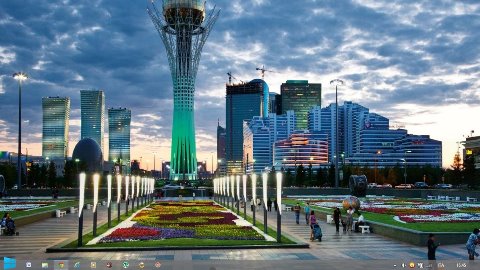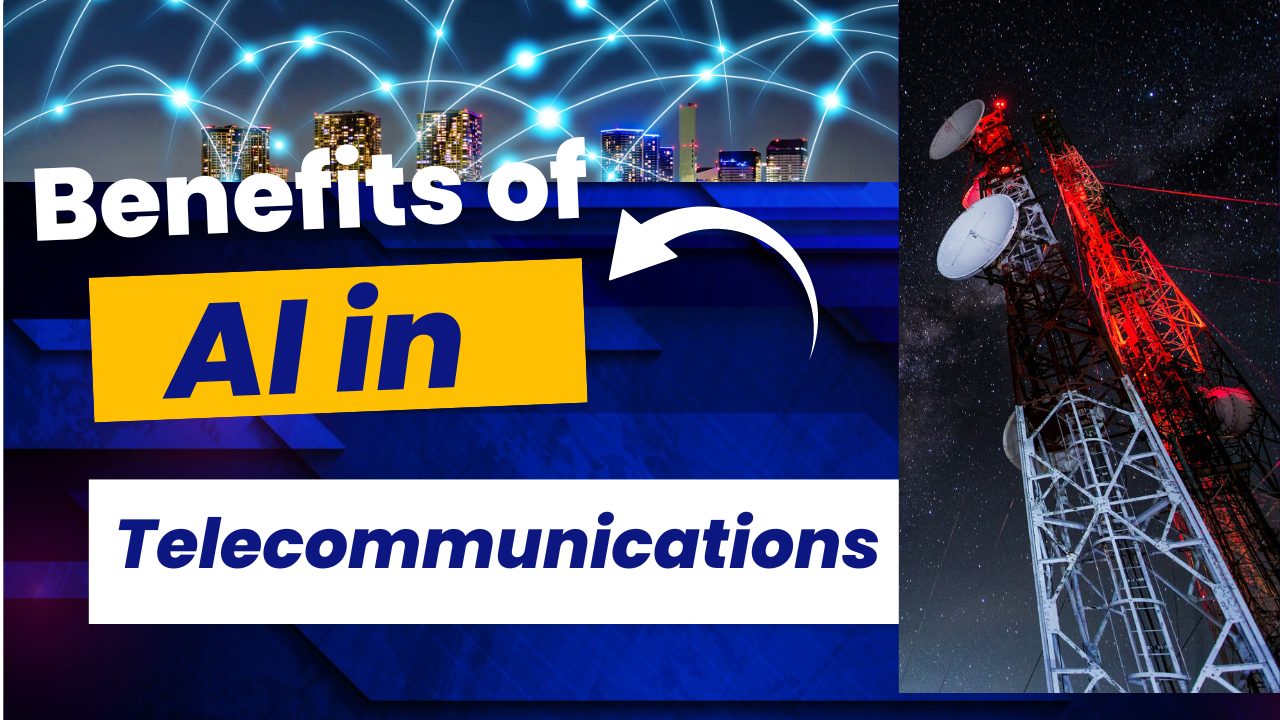ICTpost Governance Bureau

As per recent reports, 20% of India’s urban households are denied access to safe drinking water, 58% do not have safe sanitation, and more than 40% of garbage generated is left uncollected in India’s cities for want of proper waste management.?Migration from rural to urban areas poses a major challenge to attaining the Millennium Development Goals. This calls for greater attention to migration and its associated problems in India. Migration also does not have homogenous impacts on the destination region. Some migrants are skilled and others are unskilled.
Skilled migrants have likely impacts on the travel time to work (by adding to traffic with their fleet of vehicles). For instance, in Bangalore, the one way travel time increased from only 24 minutes in 1991 to nearly 40 minutes in 2001. However, unskilled migrants might contribute to increases in solid waste generation on roads. In many Indian cities, more than half the solid waste is neither collected nor disposed. Hence it is important to address problems of both types.
The question to answer is: what can be done to get around urban problems which are not necessarily caused by, but aggravated by, migration? For massive traffic gridlocks of the type witnessed by Bangalore and other Indian cities, innovation and technology can be the only solutions. Obviously city governments are unable to spend huge amounts on this.
ICT: Managing Urban Growth
ICT innovations are catalysts of structural change for personal, work, and community life that will result in the development of more distributed, compact, and mixed-use urban forms. Green real estate development in densely populated locations could have the most significant impact on sustainable urban development, reducing energy consumption from the average suburban U.S. household by 75 percent, according to a paper published by Harvard Business School.
The combination of pervasive broadband infrastructure and an IP-enabled civil and real estate network will promote innovative practices for emissions reduction such as:
o Developing broadband-based urban communication and services infrastructures: using sensors and cameras, along with next-generation infrastructures for energy (for example, to support plug-in vehicles)
o Making use of these infrastructures for congestion charging: linking charges to auto emissions or fuel efficiency (through a simple banding system at annual vehicle tests and equivalents with cross-referencing to vehicle number plate databases used by congestion-charging systems)
o Developing intelligent, IP-based solutions for dynamic traffic management and rerouting for private transport and highly responsive, on-demand public transport practices
o Radical new uses of public sector data: making journey time data and traffic flow information available to enable more creative thinking and action by key players (e.g. major employers and schools) to survey staff and students about shifting their time and usage patterns.







